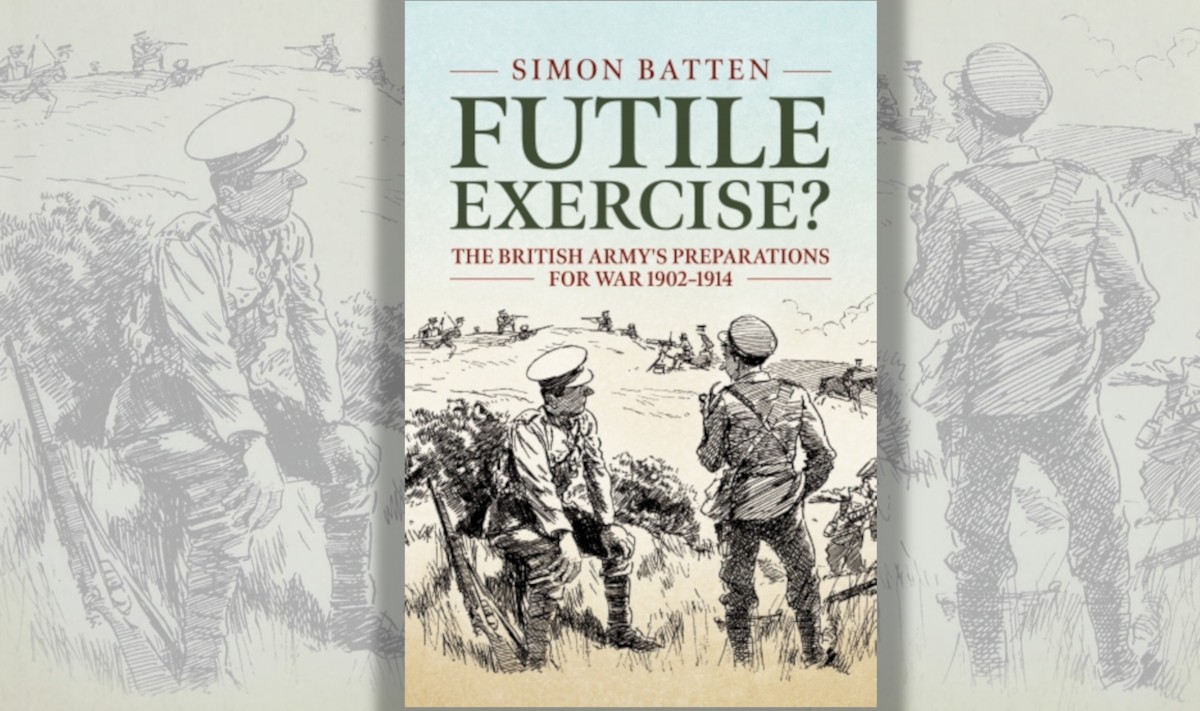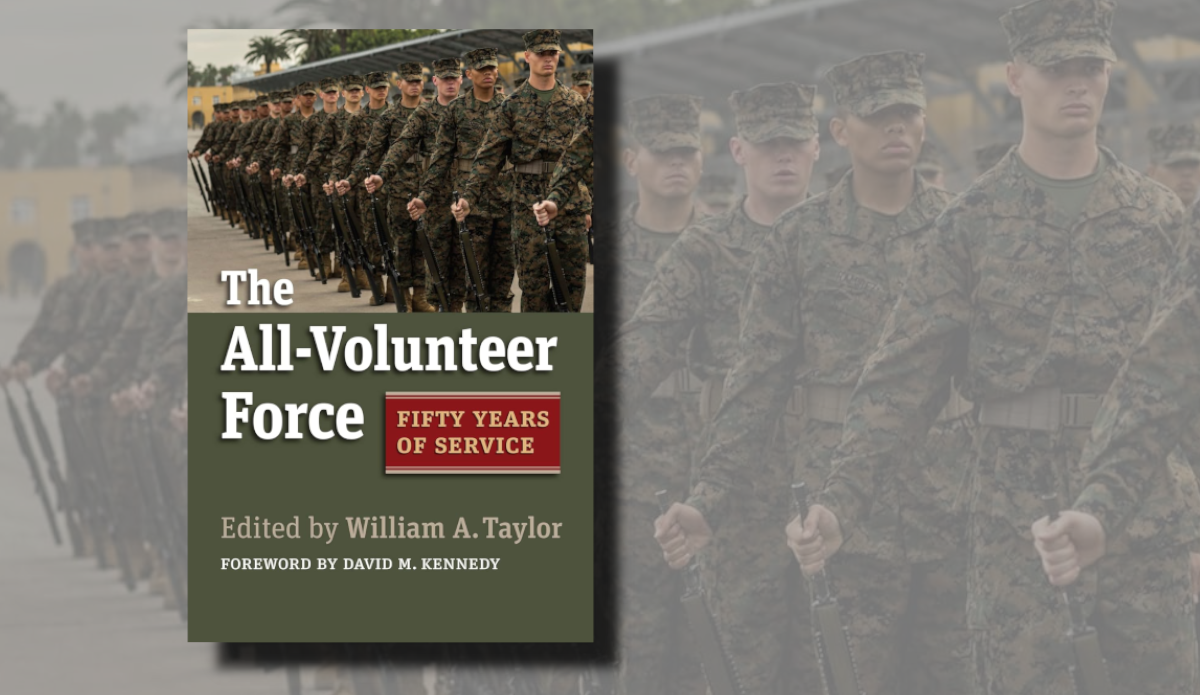Why Men Fight
Condensed from Number 10 in a series of articles being published in the United States Infantry Journal. The articles are from Colonel Marshall’s book, “Men Against Fire,”
SO far, we have considered speech in combat mainly as a lubricant to all of the cogs in the complex mechanism of tactics. As Disraeli said, men govern by words. It is by virtue of the spoken word, rather than by sight or any other medium, that men in combat gather courage from the knowledge that they are being supported by others. Battle morale comes from unity more than from all else and it will rise or fall in the measure that unity is felt by the ranks.
However, the tactical effect of speech is not alone that it furthers cohesion, from which comes unity of action, but that it is the vital spark in all manoeuvre, Speech galvanizes the desire to work together. It is the beginning of the urge to get something done. Until there is speech, each soldier is apt to think of his situation in purely negative terms. With the coming of speech, he begins to face up to it. Let those who doubt it place themselves among several men who have just been pinned by sniper fire at close range. What happens? These men will hold to earth or get in close to fallen timber; but they will do nothing constructive about their situation until one of them makes a concrete suggestion: “It’s too hot; let’s get out,” or “You cover me while I work up to that tree line.”
In movement during combat the greater danger to the commander is not that he will err in wording his order but that he will not follow through in making certain that the order is heard and understood all along the line. Words repeated out loud down to the last man will be obeyed. But an order only half heard becomes a convenient excuse for non-compliance. In the giving and in the relaying of orders the rule is to remove every element of doubt. If there is not time for this precaution, there is not time for the manoeuvre.
At any stage in battle, whether troops are attacking or defending, warmth in the giving of an order is more to be desired than studied self-containment. Too much has been said in praise of the calm demeanour as an asset in a fighting commander. That may have its place at the higher level. At the lower levels men do not fight calmly, and they are not reassured by commanders affecting the manner of an undertaker or the dead pan of a poker player.
Get the Hell out of Here
When a retrograde movement becomes necessary in combat, it is an invitation to disaster to move before men are told why they are moving. If the pressure has made that fact obvious, then they still must be told how far they are to go, and the line or point to which they are withdrawing must be made clear and unmistakable. Otherwise, they will keep moving and all control will be lost. The spoken word is the greatest of steadying forces in any lime of crisis. An excited lieutenant shouting: “Get the hell out of here and follow me to that tree line on the far side of the creek,” will succeed, though a perfectly calm captain, trying to bring off the same movement but keeping his voice down with the result that the men do not hear him, will fail. Formal language under these circumstances is almost unknown in the Army of the United States. In fact, “Get the hell out of here!” has virtually established itself in our jargon as the customary order.
There is a further point while on the subject of a fallback. Wherever troops engage, they should be told on what ground they are fighting, if this is possible. It need not be done with co-ordinates, which in any case are hard to remember. Some such phrase as “the hill north of St Mary’s farm” or “east of the village of Grand Pre” is sufficient. This is a safety measure in the general interest, and to ignore it is to waste a type of insurance which costs very little extra effort. In the event of a general reverse, the worst form of operational confusion ensues when the survivors come drifting back, and are unable to give an account of where they have been. In large-scale operation, the effect is paralyzing. It means that command is denied the most vital intelligence of the movements of the enemy. It opens the door to him so that he can pile surprise upon surprise.
We saw this happen in the Ardennes fighting in December, 1944, Not one in a thousand of the stragglers falling back through the American lines could say where they had last engaged the Germans. This was not primarily because they were suffering from shock but because they had never been told by their leaders. Yet many of them had been routed from ground which the unit had been holding for days or hours. The commanders knew what they were defending but they did not think it was important to tell the men. Therein they were wrong When all else was obscure, just a little knowledge in the ranks would have been priceless to the higher commands.
Man is a gregarious animal. He wants company. In his hour of greatest danger, his herd instinct drives him toward his fellows. It is a source of comfort to him to be close to another man; it makes danger more endurable, like hugging a two-inch sapling while sitting out an artillery barrage. Since this is his natural urge, what restrains him and enables him finally to retain his position in the formation which is needed for successful manoeuvre?
Habit against Instinct
Primarily, it is his training, his intelligence and his habit working against his instinct. Said General Dragomiroff: “A strong moral education is the best safeguard to the solidarity of troops under fire.” Even so, the soldier will forget or discount much that training has taught him as the danger mounts and fear takes hold. It is then that the voice of the leader must cut through fear to remind him of what is required.
In battle, the voice of the leader is always needed to call men back from carelessness. It is their chronic attitude in and out of danger. Even in veteran troops, it is not the expected presence of the enemy which keeps them alert on a hostile field, but the force which they feel pressing them at the given moment. When fire comes against them, they sense danger from every direction; unless they are informed of the source of the danger, there is apt to occur a swift moral transition in which they become “mentally pinned” by the mere incidence of fire.
Once the fire lifts, the complete changeover from this attitude is not less marked. Should the same troops then advance rapidly into enemy ground from which they receive no fire, they will quickly abandon all security measures and become lax in all respects, unless they are constantly cautioned and cajoled by their leaders.
These are the normal reactions of fighting men. They tighten up when the immediate pressure rises; they relax as the immediate pressure lifts. Of themselves, they will not remain vigilant, even though they are battle wise. The degree of vigilance depends altogether on the measures taken by their leaders. Unfortunately, the majority of junior leaders have this same tendency.
When the Leader Relaxes
Though the old military maxim that “the weakest point always follows success” applies with especial emphasis to the operations of minor tactical forces, it might more sensibly be re-written that the weakest point is when the leader relaxes. This being the natural reaction of troops, there is no safeguard against it other than double vigilance on the part of those who command.
Despite the near presence of the enemy, troops will always let down at every opportunity, and it is the task of leadership to keep them picked up. They will always bunch unless they are insistently told by voice to stop bunching.
They will always run if they see others running and do not understand why. In these natural tendencies lie the chief dangers to battlefield control and the chief causes of battlefield panic.
Carrier Borne Air Liaison Sections
Approval has been given for the raising of a Carrier Borne Air Liaison Section for duty with the first Royal Australian Navy carrier to be commissioned early in 1949.
The Air Liaison Sections attached to fleet carriers perform similar duties to the sections attached to the Air Force. In some respects, however, they are required to be more versatile, as they must be able to operate either ashore or afloat. When naval air squadrons operate from shore airfields the liaison sections are required to maintain shore touch with Air Force formations and airfields in addition to liaison with Army formations.
The officer selected to command the first Carrier Borne Air Liaison Section will proceed to the United Kingdom with the Naval personnel who are going to take delivery of the carrier. Whilst in England the CBALO will undertake training courses at the School of Land/Air Warfare and the School of Naval Air Warfare. During the return passage to Australia he will assist with the training of the Carrier Air Group in relevant Army doctrine and procedure.
Air Liaison Sections raised for duty with the RAN will be interchangeable with those allocated to RAAF formation, in order to give the personnel the widest possible experience of combined operations.
* From The Infantry Journal, U.S.A., February, 1948.



